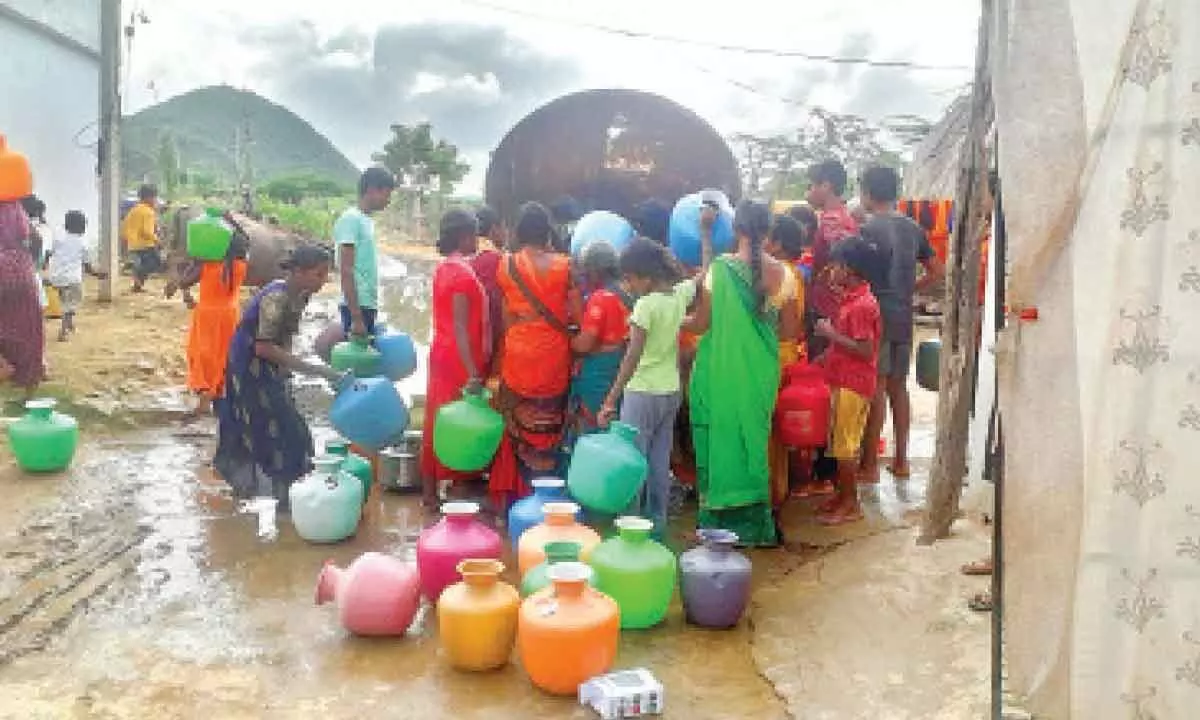Live
- Jack Reacher Returns: Prime Video Drops Action-Packed Trailer for Season Three
- Choosing the Right Mask for Maximum Protection Against HMPV
- CM Revanth Reddy Pays Tribute to Fatima Sheikh on Her Birth Anniversary
- CM Revanth Reddy Extends Greetings on Pravasi Bharatiya Divas
- Juicing, Mixing, Grinding: Discover the Versatility of a Juicer Mixer Grinder
- Chandrababu Inspects Tirupati Stampede Site; Expresses Anger at Officials
- Pravasi Bharatiya Diwas 2025: Celebrating NRI Day, Its History, Theme, and Significance
- India missed a left-arm seamer in their bowling line-up during BGT, says Sunil Joshi
- Sexual assault videos case: K’taka HC stalls framing of charges against ex-JD(S) MP Revanna
- Nothing wrong with Maoists surrendering at CM’s office: K’taka Home Minister









